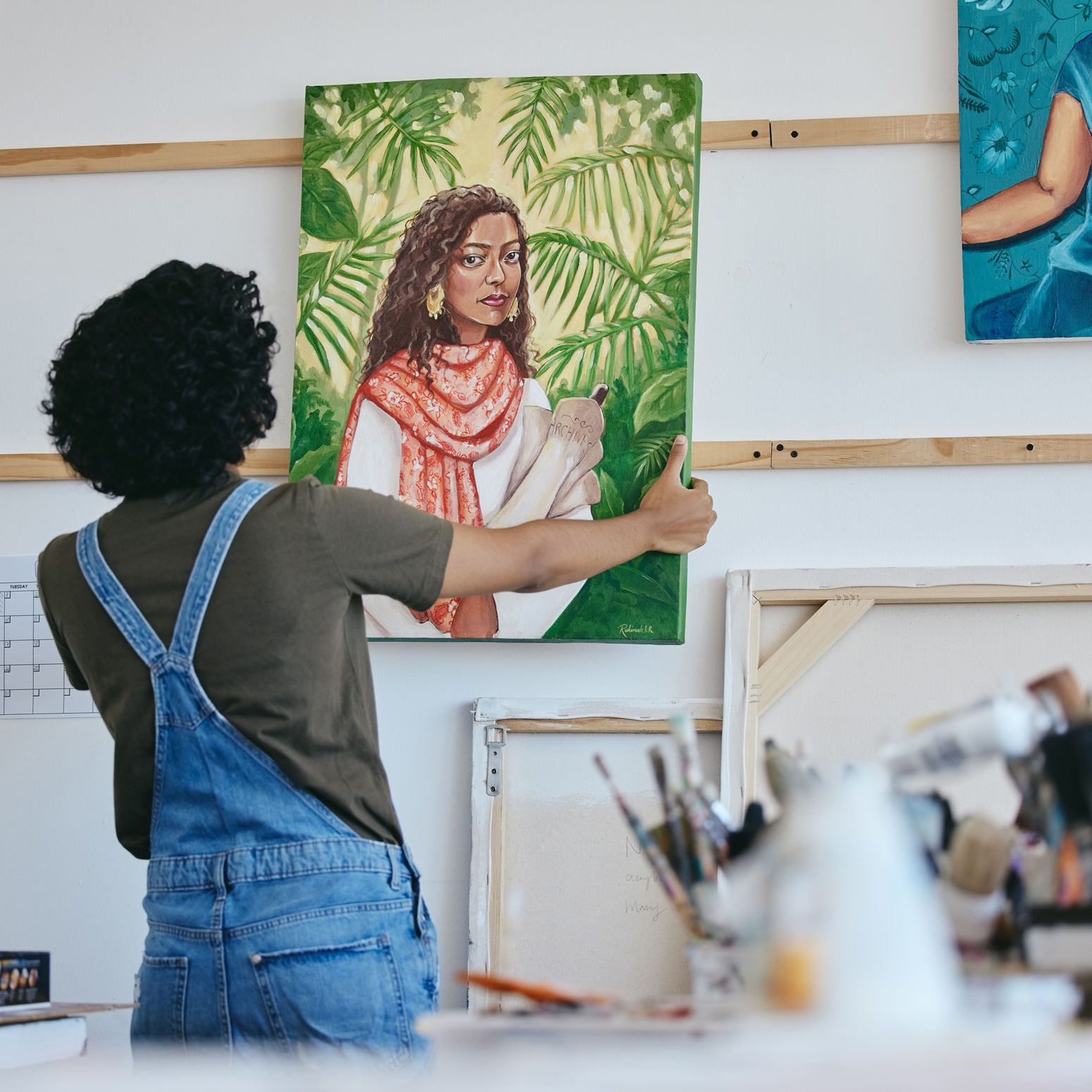Whether you have a single cherished piece or an extensive collection, moving artwork presents unique risks and challenges. Some people own valuable paintings, sculptures, and rare items that are susceptible to damage by temperature, humidity, physical shocks, and transit delays.
Most art pieces hold cultural significance along with financial worth, which makes safety during the move a top priority for owners.
This blog is a guide for artists, curators, or collectors who truly value art. While the move can be a taxing and overwhelming process, planning is the key to securing your possessions and peace of mind. We discuss how to thoroughly plan the move, select the right insurance and moving services, and safely package each piece. You will learn how to keep your valuable artwork intact and secure throughout the move, whether relocating within the same city or across the globe.
Planning Ahead
Planning is the first and most crucial step to ensure the effectiveness of your move.
Assessing Your Collection
Start by properly assessing each item in your collection for any damage, dents, or scratches. Create an inventory list including photographs, appraisals, and condition reports. This documentation helps with planning and insurance claims.
Timing
Consider the climate and events while planning the move. High temperature, humidity, storms, and other weather conditions increase the risks of damage to sensitive materials. Delays are inevitable during peak seasons and holidays. Schedule the move with ample time for packaging, insurance, and coordinating with specialists.
Hire the Right Professionals
You may need to invest in professional services based on the value of your collection. General moving companies do not have the expertise and equipment to handle artwork. Find specialists with museum-quality packing and transporting techniques. Ask for references and certifications to deal with logistics and the conservation of artwork.
Insuring Your Artwork
Despite all the planning and precautions, the chances of art getting damaged, misplaced, or stolen are high, especially with fragile and renowned pieces.
Review Existing Policies
The first step is to assess your current homeowner’s or renter’s insurance and understand what is covered and what is not. They usually do not cover art during transit or have very low limits.
Specialized Art Insurance
For full protection, consider getting specialized art insurance. They are designed to protect art in different settings, including transit, temporary storage, and international shipping. Make sure the transit insurance covers damage, theft, and environmental hazards like humidity or fire. A coverage that includes loading and unloading will protect against all factors that could compromise the condition of the art piece.
Obtaining Art Insurance
Contact your existing insurance company or a fine art insurer to obtain specialized art insurance. Provide all documentation, including photographs, appraisals, provenance, and current condition reports of each piece. They help with insurance underwriting and streamline the claims process.
Packaging and Protection
Proper packaging materials and techniques are essential for the protection of your valuables.
Packaging Materials
Invest in good-quality materials that ensure the safety of your art and your peace of mind. You will need materials such as acid-free tissue paper, cardboard, glassine, art plastic sheeting, bubble wrap, and custom crates for sculptures. Get climate-controlled packaging options to maintain the integrity of your art pieces.
Packaging Best Practices
Packing art is more complex and critical than other household items.
Paintings: Start by securing the corners of frames with corner protectors. Wrap the painted surface with glassine paper to keep bubble wrap from sticking or leaving marks on oil paintings. Use foam boards and custom-built crates for each piece.
Sculptures: Sculptures are tricky to pack, as they are available in different shapes and materials. Make sure to protect the delicate parts and ensure stability. Use bubble wrap as the last wrapping layer to protect sculptures and other large pieces from moisture. Add custom inserts in hollow sculptures for internal support.
Transporting the Artwork
Potholes, improper conditions, and careless loading and unloading can severely damage your property.
Vehicle Selection
Try to rent climate-controlled trucks to reduce the impact of humidity and temperature on the artwork, especially for long-distance travel. Avoid overpacking or stacking, which can cause crushing or instability. Plan the route carefully to avoid any rough roads that can cause damage from shocks or vibrations.
Security
Security helps avoid damage and loss of artwork. Track the vehicle’s location during transit and minimize unsupervised stops. For high-value moves, hire white glove services that offer secure handling, climate control, and professional installation of the artwork.
Post-Move Care
When the package arrives at the destination, most of the hassle is over. Now you need to make a proper assessment and provide care for the pieces to determine the safety and effectiveness of your efforts.
Condition Check
Inspect each item after arrival at the destination. Compare each item with the pre-move photos and condition reports to identify any new dents, scratches, or cracks. Some insurance claims are time sensitive, so make sure all items are in proper order immediately.
Acclimatize
Select a safe, climate-controlled area in your new home for the art. Keep it away from high-traffic areas, direct sunlight, moisture, and extreme temperature sources like radiators and vents. Lean the framed pieces against the wall, keep sculptures on a stable surface, and keep the paper pieces flat.
Reinstall
If the pieces are large or valuable, get professional help for the installation. Update your insurance once you are in your new location, as different risks might affect your existing policy.
Final Thoughts
Moving is always overwhelming, especially with fragile and high-value items. You can streamline the move of your art collection with careful planning, attention to detail, and professional help. Handle each step, from packaging and insurance to transportation and final installation, cautiously to safeguard your collection throughout the move.
Art is not just a financial investment but a cultural and personal treasure. Hire experts, and stay vigilant to make sure your art arrives safe and ready for display.
